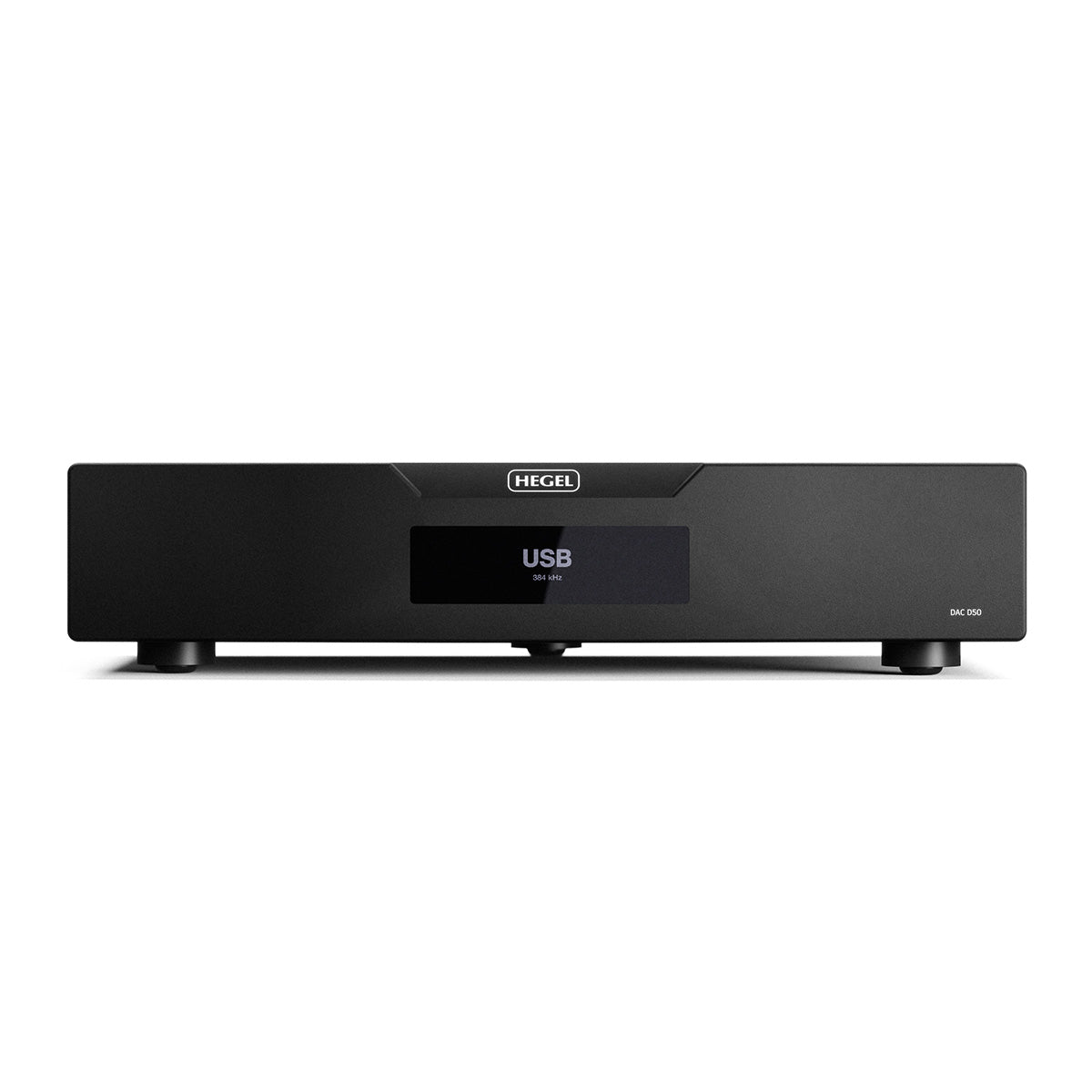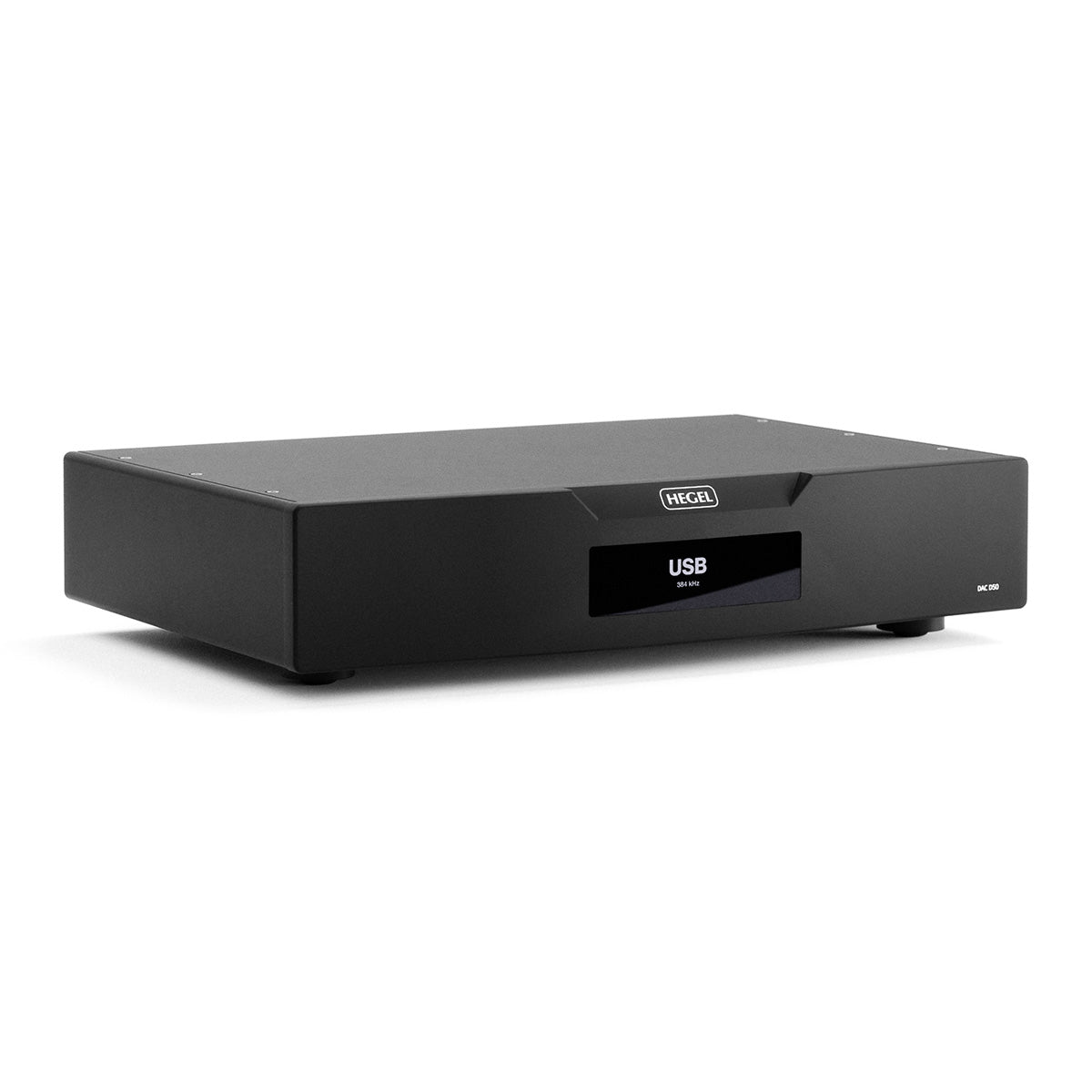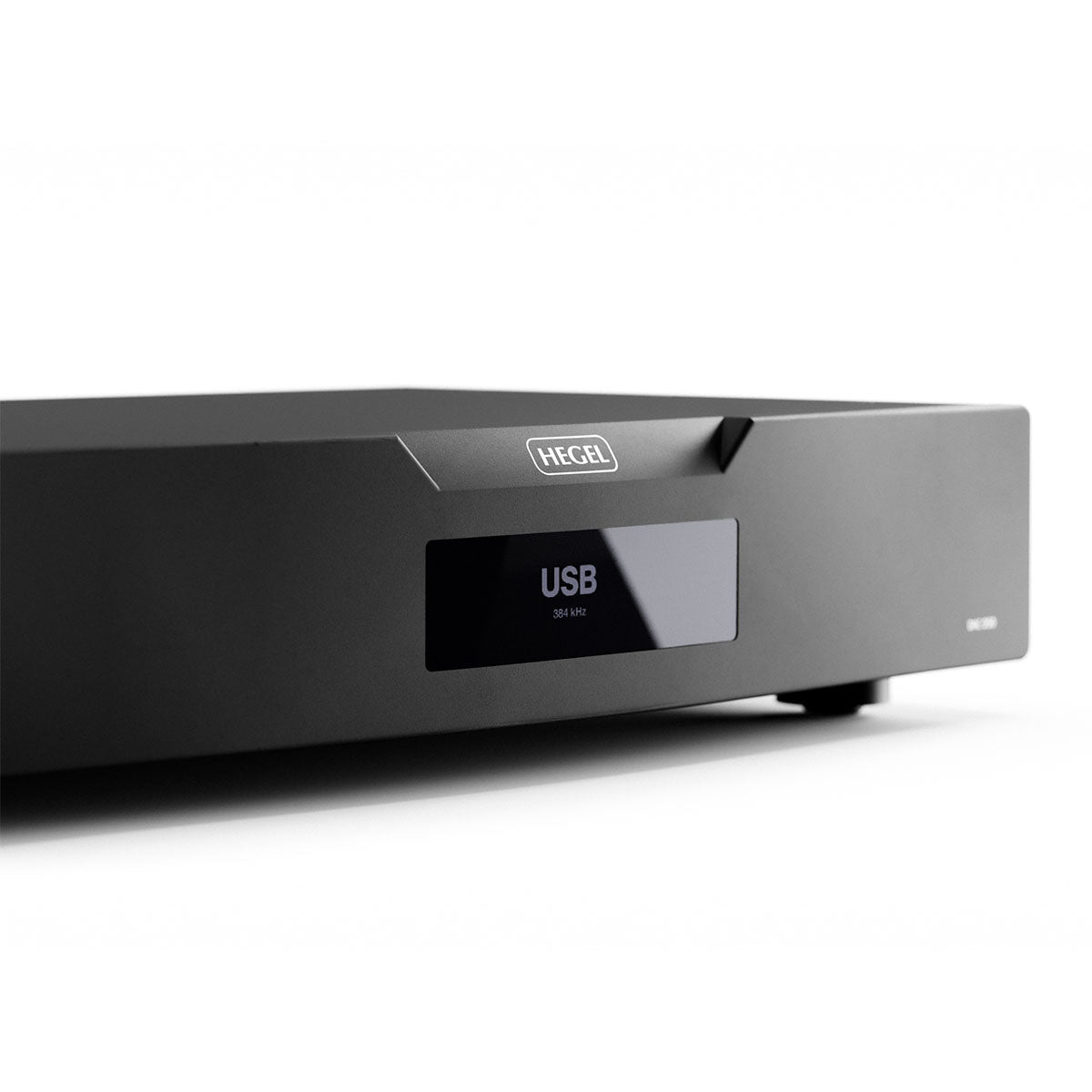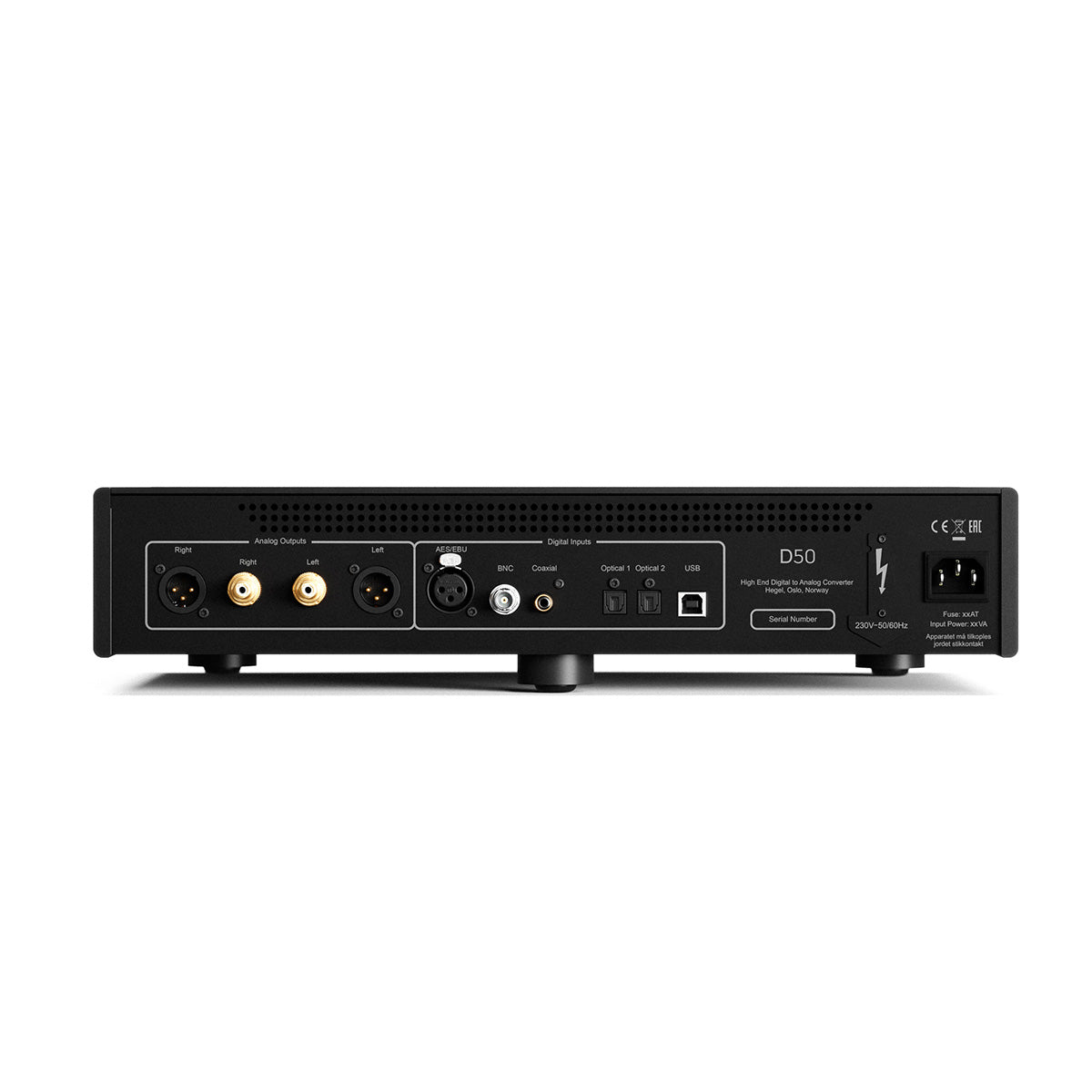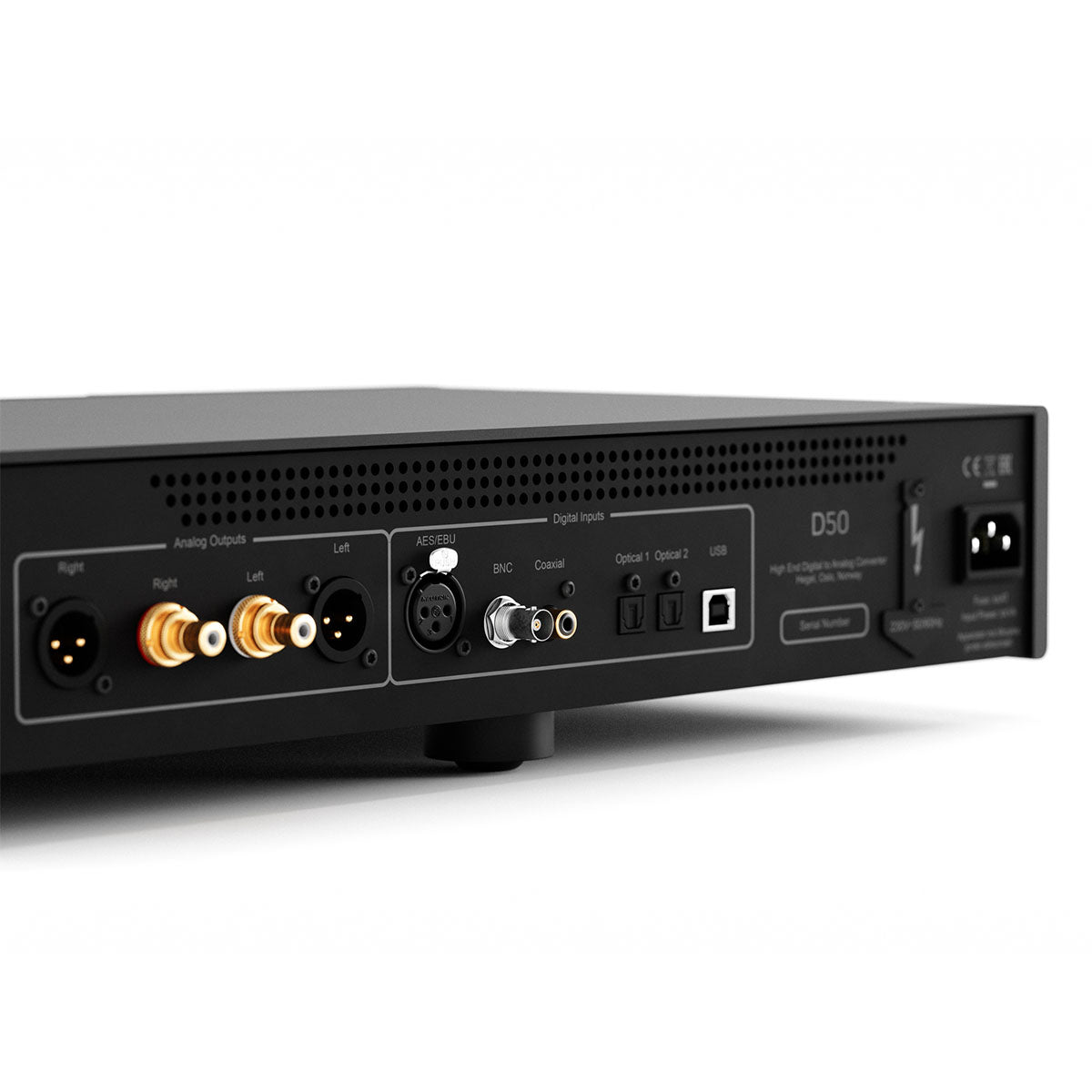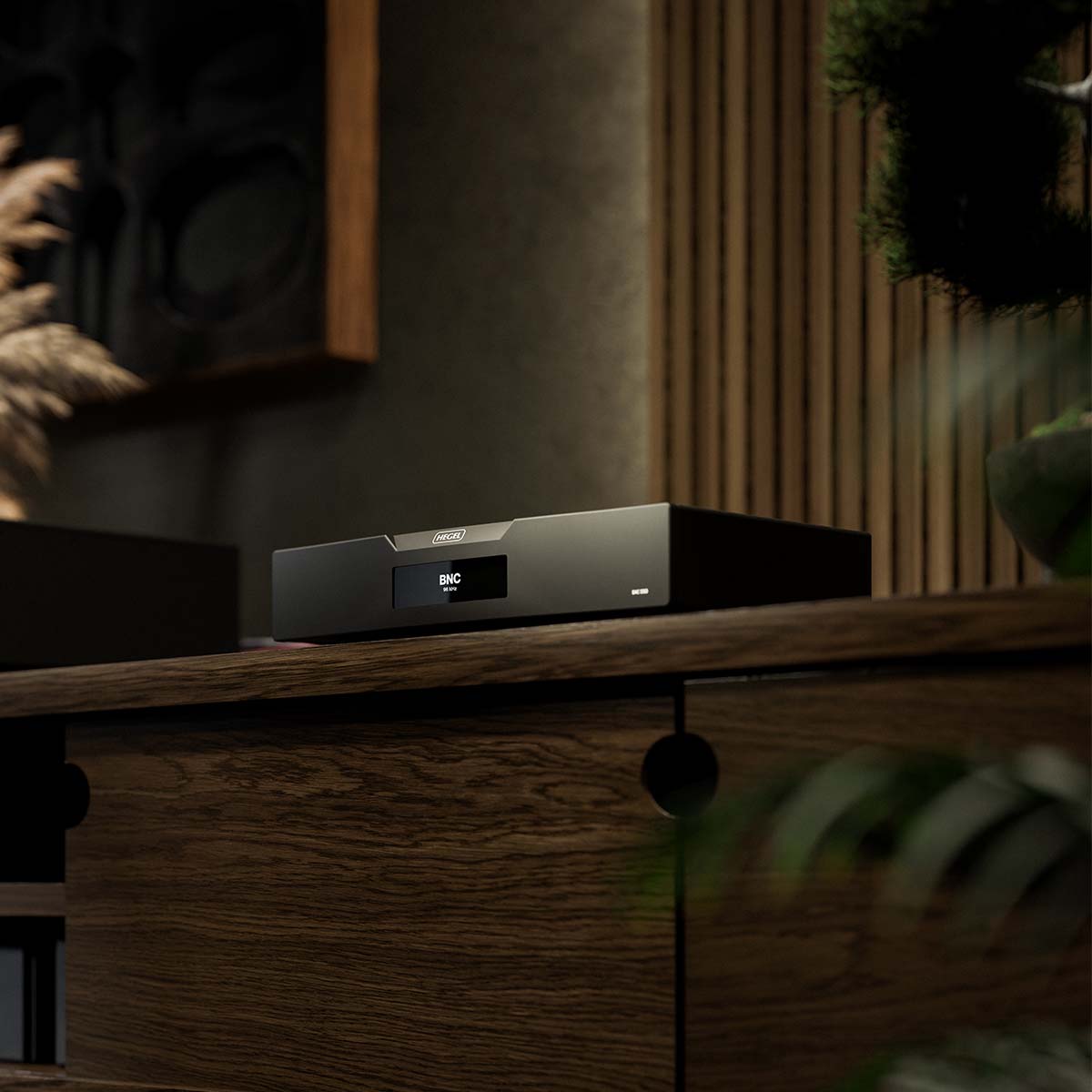Hegel D50 - The Raven
Couldn't load pickup availability
Free Shipping On All Orders, No Minimums.
We offer free 2-day shipping on most products within the continental US.
Weekdays - Orders placed by 2pm EST ship same day. Orders placed after 2pm EST will ship the following business day.
Weekends - Orders placed on Saturday and Sunday will ship Monday.
Orders requiring motor freight delivery may take more than two business days. Once your order has shipped, you'll receive a shipping confirmation email with a tracking number for easy tracking.
Orders that contain items that are currently backordered, special order, or out of stock will ship complete once all items are in-stock unless otherwise requested.
If you need it faster, you will have the option of choosing a quicker shipping option when you checkout on the website.
At this time, we do not ship internationally and orders to Hawaii and Alaska may incur an additional shipping charge. Please contact us at 888.899.8776 or email support@audioadvice.com to confirm.
Rerouting and Address Changes
We cannot make ANY address changes once an order is placed. If you are unable to accept delivery of your package as ordered, we will need to cancel your order, return the package to sender and have you replace your order through our website.
Keep the Box
We suggest you keep the shipping box or boxes for at least 30 days. It is actually a great idea to keep boxes for audio products for the life of the product. Having the box and all packing will increase the trade-in value should you decide to move up and they are handy to have should you ever need to send the unit in for repair.
How To Receive a Motor Freight Order
The trucking company will contact you to schedule a convenient time to deliver the order. Please note that you must be present for delivery.
Visually inspect the box to make sure you see no signs of damage. If you notice any damage at all, take some pictures with your phone and make a note of them on the delivery receipt the driver will ask you to sign. If it is obvious that the product is damaged, please refuse the order and contact us immediately at 888.899.8776 or email support@audioadvice.com.
Open your box as soon as possible and inspect the product for damage and contact us if you find anything wrong.
uShip In-Home Delivery
Due to current concerns surrounding COVID-19, uShip is able to offer THRESHOLD SERVICE ONLY at this time. To ensure everyone’s safety, uShip is advising carriers to refrain from making room-of-choice deliveries. Threshold service consists of the shipment being brought into the first door of the address or the lobby of an apartment/condo, and does not include set-up, installation, assembly or debris removal.
What to Expect: Most oversized items will be delivered within 2-3 weeks. Your carrier will place your item inside the first door of the address or the lobby of an apartment/condo.
Appointment Scheduling: Your delivery partner will call 24-48 hours prior to delivery to arrange an appointment window.
How to prepare for in-home delivery:
- Determine the clearest path from the street to your home
- Measure entrances and hallways to ensure your item will fit
- Remove any wall hangings or clutter to ensure a clear path and to prevent damages
- Remove old furnishings to allow placement for your new piece
Check your furniture for damages: We rarely expect damaged furniture, but in the instance it does happen, we have you covered. Once your item’s packaging is removed, check for any damages that may have occurred in transit. Take pictures of any damages and notate appropriately on the delivery receipt. Keep possession of the damaged piece and contact us via phone or email and we’ll start the process to repair/replace your new piece of furniture. For uShip customer support, please call 800-698-7447.
At Audio Advice, we pride ourselves on customer satisfaction. We'll bend over backward to make sure you're 100% satisfied and we won't accept anything less. We offer 30-day hassle-free returns and personalized service from real, live people.
If an item doesn't meet your expectations, you may return or exchange it in its original condition and packaging within 30 days for a full refund, minus shipping fees. Items shipped back in like new condition through standard shipping carriers will only incur a flat fee of $15 to return. If the items were initially shipped through free scheduled delivery via motor freight (commonly referred to as LTL), returning them will result in return shipping fees starting at $150. These items include but are not limited to, oversized items such as TVs, certain subwoofers, floorstanding speakers, furniture, and most items weighing over 75 pounds. Return fees will also apply for exchanges. We want to treat your system as if it is our own and want you to be completely satisfied with your purchase.
Please see the instructions below. We only accept returns for any product purchased directly from our website. If merchandise is not returned in its original condition or is missing packaging, manuals, accessories or other parts, or the resale value of the product has been impaired, a partial refund will be given and calculated on a case-by-case basis.
Non-Returnable Items
The following items cannot be returned or cancelled:
- Special/Custom Order Items
- Open Box Products
- Gift Cards
- In-ear headphones cannot be returned once the packaging has been opened due to personal hygiene reasons. Please contact our customer care team if you'd like help choosing.
-
Turntables With a Broken Stylus: All turntables ship out with the stylus intact. If you return a turntable or phono cartridge with a broken or missing stylus you will be subject to a return fee. Please be careful when setting up your turntable and contact us with any questions.
Is It Easy To Return An Item?
Yes, simply give us a call at 888.899.8776 or you can email our support team at support@audioadvice.com. Many times our team of experts can help figure out why the product might not be working like you expected and get things fixed over the phone, so don’t be surprised if we ask a few questions, we love troubleshooting!
If our tech help can not make you happy, we will email over a return shipping label with a Return Number.
Hopefully, you saved all of the original item’s box and packaging inserts. You will want to pack back up your return or exchange in the same way it came out of the original box. Once you have everything packaged correctly, tape the box on the top and bottom to assure it stays together. If Audio Advice shipped the item to you inside a second box, it's a good idea to use that same extra box to help prevent damage on its way back to us. To avoid it accidentally coming back to you, use a magic marker to cross out the old shipping label or just tear it off.
The return shipping label we send you will have our address on it, just make sure you take the box to the right shipper (UPS, FEDEX, or USPS) as per the label.
If you are close to one of our stores, please let us know if it is more convenient for you to return it to us directly. You will still need to get a return number by contacting us and shipping and/or restocking charges may apply.
When Will I See My Refund?
It usually takes around 7-14 days for the refund to show up on the payment method you used. We do inspect all returns for damage and accuracy of the item inside the box before issuing a refund. Some items may be subject to shipping and restocking fees.
Can I Exchange My Purchase For Something Different?
Sometimes those big speakers just don’t fit in the room or you might have bought a small subwoofer and later found out you’d love a bigger one. If you would like to make an exchange within 30 days of receiving your item, just give us a call at 888.899.8776 or email support@audioadvice.com and we will help work out the details. Additional shipping charges and return costs may apply.
How Do I Cancel An Order?
If the item has already shipped out or is a special order item, it is not possible to cancel the order. Please contact us at 888.899.8776 or email support@audioadvice.com to start the return process.
What If I Find Shipping Damage?
We need to know right away about any shipping damage. Please contact us at 888.899.8776 or email support@audioadvice.com within 48 hours of your delivery so we can get the ball rolling on making things right. It’s very helpful to take some pictures and email them to us if possible.
Can I Refuse A Shipment?
You can, but unless the item is damaged, shipping and restocking fees will be deducted from your refund. If your item arrives damaged and you are lucky enough to be there, snap some quick pics and refuse the order. Then contact us so we can get a replacement on the way.
What Happens If My Order Is Defective?
This is actually pretty rare, most consumer electronics work fine out of the box 99.9% of the time. We’d like for you to contact us first by calling 888.899.8776 or email support@audioadvice.com so we can help get to the bottom of things. If your item is indeed defective during the first 30 days, we can usually exchange it for a new, replacement unit.
What About Service After 30 Days?
Audio Advice has a great relationship with all of our brands and can help you with warranty service by the brand after our 30-day guarantee period. Even after the warranty expires, we can arrange for service by the brand on products purchased from Audio Advice. Just call 888.899.8776 or email support@audioadvice.com.
How Do You Determine A Restocking Fee?
You may not believe it, but sometimes we receive items back that were put in the box with zero packaging and are completely destroyed or are missing many of the pieces that came with the item. We also track serial numbers and will get back different serial numbers. We’ve even seen different items than what we shipped out be returned. However, it’s very important to package your return properly so that nothing goes missing or gets damaged in shipping, which will result in a restocking fee or even no refund at all. If a product is opened and the market value of the product is reduced, then a restocking fee may be applied to the cost of restocking and the reduced market value of the product. The bottom line is if you treat us fairly, we will do the same.
Audio Advice strives to provide industry-leading support and service while also maintaining the lowest prices available on products for our customers. We work hard with our vendors to bring our customers the best products at each price point. As a part of that process, we work with our vendors to provide the lowest pricing in our stores and on our website.
Our prices should always be the same as any other authorized dealer, including big-box retailers and major online retailers.
If you believe that you have found a lower advertised price from a legitimate authorized seller, call us and let us know so we can make sure we can correct any inadvertent error on our side. As a matter of policy, we update our prices automatically if a vendor changes its authorized pricing policies, so we generally have the best prices all the time. Increasingly, there are knock-off copies of products online, usually sold by non-authorized dealers.
Please be sure that the item meets the following conditions:
- The item is brand new, in stock, and available for purchase
- The item has the identical model number, color, etc as the item on our site.
- The seller is an authorized dealer
As always, our goal is to provide a terrific customer experience, including industry low prices. We appreciate your support.
Overview
The High Notes

Precision-Engineered Digital Conversion

Dual Low-Noise Toroidal Transformers for Pure Power

Seamless Integration with Hegel’s DAC Loop
Hegel’s new D50 DAC, nicknamed “The Raven,” is a stripped-down, high-performance digital-to-analog converter designed for serious audiophiles. With a price tag that firmly places it in the high-end category, the D50 is built for those who prioritize absolute accuracy and transparency in their system. Unlike many modern DACs that double as streamers or preamps, the D50 is purely a DAC—no unnecessary extras, just precision-engineered digital conversion.
Hegel’s approach here is all about minimizing interference and focusing on signal purity. Every aspect of the D50 is built to extract the finest details from your digital sources without adding coloration or distortion. But how does it perform in real-world listening? Let’s break down its features, technology, and sound quality to see if it lives up to Hegel’s reputation—and whether it’s the right fit for your system.

Design & Build Quality
The Hegel D50 embraces a minimalist aesthetic, its understated black chassis free from any unnecessary embellishments. Its appearance may seem simple, but beneath the surface is where all the magic happens. It’s built to match Hegel’s other reference-quality products, seamlessly fitting alongside components like the P30A preamplifier and the Viking CD player. This consistency in design not only reinforces Hegel’s signature look but also ensures that the D50 is a natural addition to any high-end Hegel system.
The D50’s chassis is constructed from high-quality aluminum, giving it a solid and well-built feel. The front panel is minimalistic, featuring a bright but unobtrusive display that shows only essential information like input selection and sample rate. Hidden buttons beneath the panel allow for basic adjustments without disrupting the clean design, and Hegel includes a remote control for added convenience.
Beyond its looks, the D50 feels every bit as premium as you’d expect from Hegel’s reference line. It has a reassuring weight, precise machining, and a well-organized layout for its inputs and outputs. The overall build quality is excellent, reinforcing Hegel’s focus on high-end craftsmanship.

Inputs & Outputs
When it comes to hooking up the D50, Hegel made sure you’ve got all the right options. Whether you're running a high-end streamer, a CD transport, or even a computer-based setup, this DAC has you covered. You’ve got USB-B, two optical inputs, coaxial RCA, coaxial BNC, and AES/EBU inputs, meaning just about any digital source can plug right in without hassle. On the output side, you get both balanced XLR and single-ended RCA connections, giving you the flexibility to integrate it into just about any system.
Optical inputs are capped at 24-bit/96kHz, AES/EBU, and coaxial inputs handle up to 24-bit/192kHz and DSD64 (DoP).
Features & Technology
Many DACs are defined by the chipsets they use, but Hegel focuses on the bigger picture—how those components are implemented. The D50 isn’t just built with premium parts; it’s engineered to get the most out of them. The result is a level of clarity, detail, and engagement that goes beyond just specs on a datasheet.
DAC
The heart of the D50 is a high-performance ESS 9039Q2M DAC chip. Now, this is a high-end chip, but it’s well known that a DAC chip alone doesn’t define the sound quality. Just like a masterful musician needs the right instrument, a high-end DAC chip requires expert circuit design, precision clocking, and clean power delivery to unlock its full potential. To achieve this, Hegel has placed the DAC chip on its own separate circuit board, physically isolated from other electronics to reduce interference and preserve signal integrity. This layout ensures that the audio signal remains free from distortion or unwanted noise.

Power
One of the D50’s greatest strengths is its approach to power management. Electrical noise can significantly impact the performance of a DAC, so Hegel has gone to extreme lengths to ensure that the D50 receives the cleanest power possible. The unit is powered by two low-noise toroidal transformers, each with a specific role. One transformer is dedicated to handling the digital processes and standby functionality, while the other is reserved for the sensitive analog and digital components. By keeping these power supplies separate and shielding them with thick steel, Hegel ensures that noise from one section of the unit doesn’t interfere with another.
Additionally, an advanced power filtering system removes noise from the mains, preventing it from creeping into the signal path. Interestingly, when the D50 is plugged into a grounded outlet, this filtering can even improve the performance of other equipment connected to the same circuit, which is an unexpected bonus for audiophiles looking to refine their entire system’s sound.
Three Master Clocks
Hegel puts a lot of effort into reducing jitter, a common issue in digital audio. Jitter happens when the tiny electrical switches inside a DAC don’t flip between 0 and 1 at the exact right time. Even small timing errors can mess with the sound, making it less clear and natural.
To deal with this, the D50 uses three separate master clocks, each handling a different part of the signal. One clock is dedicated to USB signals at 48kHz, another to 44.1kHz signals, and a third for SPDIF and AES/EBU inputs. These clocks help keep the digital signal precisely timed before it gets converted to analog, reducing harshness and keeping the music sounding natural.
But clocks alone aren’t enough. If the power feeding these components isn’t steady, those tiny switches can wobble, which throws off timing. Hegel has put a lot of work into making sure each chip gets clean, stable power, helping to keep jitter as low as possible.
The AES/EBU input also benefits from some extra engineering. Instead of using a standard design, Hegel includes a transformer-balanced RS422 receiver, which allows it to handle both strong and weak signals accurately. This keeps timing errors in check and helps maintain signal integrity. For SPDIF inputs, Hegel goes a step further, using a custom input card to unpack I2S data and reclock it with high precision. The goal is to reduce signal degradation and keep the sound as detailed and accurate as possible.
Input Sensing
The D50 DAC also features a new automatic input sensing, meaning it will wake up and switch inputs on its own when it detects a signal. There’s also an auto-standby feature that conserves power when the unit is not in use, as well as a display dimming option with five different brightness settings for those who prefer a more discreet look during listening sessions.
Multi-Board Architecture
Another key innovation in the D50 is its multi-board architecture. Instead of housing all of its components on a single PCB, the D50 utilizes five separate circuit boards, each dedicated to a different part of the signal chain. This separation minimizes electrical noise and crosstalk between different sections of the DAC, ensuring a cleaner and more detailed signal. The result is a more open and dynamic sound, with increased separation between instruments and a greater sense of space in recordings.
The DAC Loop
Hegel has always understood that DAC technology is constantly evolving, and they didn’t want their customers to feel locked into a single digital solution. That’s why they introduced the DAC Loop, which is a unique feature that allows Hegel’s integrated amplifiers to seamlessly integrate with an external DAC like the D50. Originally developed over a decade ago, the DAC Loop was designed to future-proof Hegel’s amplifiers by giving users the ability to upgrade their DAC without losing any of the amplifier’s core functionality.
With the D50, this feature becomes even more valuable. Owners of Hegel’s integrated amplifiers, like the H300, H390, H590, H400, or H600, can bypass the amp’s internal DAC and let the D50 handle digital conversion instead. This means you get the best of both worlds—the power and musicality of a Hegel integrated amplifier combined with the uncompromising precision of the D50 DAC. By simply connecting the D50 to your H400 or H600 with a BNC cable and then back to your integrated amp and turning on the DAC Loop feature, you can enhance the system’s resolution, timing, and overall sonic performance without having to replace the streamer, preamp, and amp section of your streaming integrated amp. It’s a smart, flexible solution that ensures your system stays at the cutting edge of digital audio for years to come.

Performance
We set the D50 up with a Hegel H400 and utilized the DAC Loop feature we just discussed. The D50 demonstrated an ability to retrieve micro-details from recordings without sounding overly analytical. The soundstage felt more three-dimensional, with instruments placed precisely within the mix. Vocals were presented with a natural presence, while bass notes were defined and controlled. The highs had a refined sparkle, never veering into harshness, even on brighter recordings.
We switched back and forth between using the D50 and using the DAC inside the H400 and definitely noticed an overall improvement. Was the improvement worth the price of the D50?
Well, we think that if you own an H400 or H600 and don’t want to part ways and get into a more expensive component-based system and want to stay with Hegel but are craving an upgrade, then the D50 might just be the right fit for you. However, it’s not inexpensive and you will need a high-end system to really reveal the differences that the D50 has over the H400 DAC. If you own one of the older models like the H390, this new DAC starts to look a bit more tempting as you can simply add it to your system and get an even bigger upgrade since that model has an older DAC than the H400 unit has.
With that said, where we find the D50 really fitting is when it’s used with Hegel’s separate components, like the P30A preamp and the H30A power amp. Since the HD30 DAC was discontinued, there was no way to get a Hegel DAC in your separate-based system unless you used the Viking CD Player with your CDs. So, the D50 clearly fills this gap for you to have an incredible separate-based Hegel system.
We are sure there will also be a few people out there who will want to know if they should get a different transport for their CDs and this D50 DAC or the Viking CD Player and use its AKM DAC instead. If you enjoy Hegel, we’d recommend sticking with the Viking instead of trying to match a different transport with the D50. Sure, you might get a slightly better sound that way, but we love the sound of the Viking, and you will have to spend much more to get better quality than what it offers.

Overall Recommendation
We think Hegel did a phenomenal job with this new D50 DAC. It perfectly fills the gap in their high-end gear lineup and is a perfect match to build a great Hegel system. This DAC is not inexpensive, but it certainly is worth every penny if you have the rest of the system and want to get extremely good performance. While this fits into their reference line of products best, we would love to see its tech trickle down into a more affordable version to match up with their more affordable preamps and power amps to give people more options and let them enjoy the great Hegel sound.
We’re here to help!
If you have further questions, contact our experts via chat, phone, or email. Or simply visit one of our world-class showrooms to experience speakers, projectors, TVs, and everything in between for yourself before you make a purchase!
If you’re planning your home theater or media room, check out our Home Theater Design page, where we have everything Home Theater related, including our FREE Home Theater Design Tool.
When you buy from Audio Advice, you’re buying from a trusted seller since 1978. We offer Free Shipping, Lifetime Expert Support, and our Price Guarantee. We look forward to serving you!
Details & Specs
D50 - The Raven
At first glance, the D50 appears understated, with its minimalist black design. No flashy details or unnecessary features distract from its purpose. Like the raven, it may seem plain, but this DAC is a master of its craft. Beneath the sleek exterior lies a remarkable ability to decode and deliver digital audio with breathtaking precision. The D50 unveils a soundstage so expansive it feels as though you’re soaring high above the music, revealing every intricate detail with stunning clarity. Whether you choose to focus on the smallest nuances or simply let the music carry you, the D50 offers an unparalleled listening experience.
A Legacy of Mastery
Hegel has been perfecting the art of DAC design for more than two decades, and the D50 represents the pinnacle of that expertise. At its core lies the latest model DAC chip—a sophisticated tool with immense potential. But like the raven, one of the few animals capable of using tools with precision, the D50’s genius lies in how it wields this technology. Every detail of the circuit design and layout has been meticulously crafted to extract the full potential of the DAC chip, transforming it from a mere component into a masterful instrument. The result is a design that uses this tool to its fullest, unlocking extraordinary sound reproduction.
Power Purified, Noise Eliminated
The D50 takes extraordinary measures to ensure the purity of its sound reproduction. Its power management is designed to silence noise and deliver clean energy to every part of the device. Advanced filters on the power input eliminate noise from the mains, and when connected to a grounded power outlet, this filtering can even enhance the performance of other equipment in the same circuit. To eliminate electrical noise even further, the D50 employs two low-noise toroidal transformers. One delivers power to the noisier digital processes and standby functionality while the other is dedicated to the sensitive analog and digital components. Both transformers are shielded by thick steel and placed far from any sensitive electronics and their output is also filtered, ensuring the D50 operates with the purest power, allowing its performance to take flight.
Precision in Every Detail
At Hegel, we approach circuit board design with meticulous attention to detail, ensuring the best possible performance. In the D50, even the routing features rounded corners to minimize impedance drops and reduce radiation, reflecting our commitment to precision. However, the real innovation lies in how the D50 processes incoming digital signals before converting them to analog. The AES/EBU input features a unique RS422 receiver balanced by a transformer, allowing it to handle both weak and strong signals flawlessly, free of jitter and time delays.
For SPDIF-based inputs, signals are received on a custom-designed card that unpacks the I2S data. While this process is inherently noisy and prone to timing errors, the D50 addresses these issues with precision. The decoded signals are reclocked using three dedicated master clocks: one for SPDIF signals, and for USB, separate master clocks for 48k and 44.1k sample rates. Strategically placed to minimize noise, these clocks deliver a perfectly timed signal to the DAC chip, enabling the purest and most accurate digital- to-analog conversion.
The DAC chip itself is thoughtfully perched on a separate board above the rest of the electronics. This elevated placement reduces noise and interference while providing short and unobstructed signal paths. With the D50, every aspect of the design has been carefully engineered to ensure that the signal remains as true to the original as possible. The result is an unaltered and breathtakingly accurate translation from digital to analog.
Solid Craftmanship
The D50’s construction is as solid as it is purposeful. Its aluminium housing provides both durability and a refined appearance and improves sound performance. Premium connectors ensure reliable performance, while aluminium feet with rubber soles guarantee stability. The thick, milled aluminium front plate conceals the buttons for an unbroken, elegant facade. Meanwhile, a bright, easy-to-read display delivers all the information you need without drawing attention away from the music.
Intuitive Simplicity
Though the D50 operates with the precision of a masterful instrument, using it is effortless. Its advanced input sensing can detect a digital signal and wake the device automatically. You can customize how it responds to new signals, whether to switch inputs or simply power on. Features like automatic standby save energy when the music stops, while a display dimming option keeps the focus where it belongs—on the music. Once set up, the D50 becomes a seamless part of your system, ready to bring your music to life with no distractions.
Complete Connectivity
The D50 offers every connection you might need, accommodating USB, optical, coaxial RCA, coaxial BNC, and AES/EBU inputs. On the output side, it features true balanced analog and single-ended RCA connections, giving you the flexibility to suit any system. The D50’s versatile inputs and outputs make it a perfect fit for any audio environment.
The Raven’s Perspective
In Norse mythology, the ravens Hugin and Munin brought Odin unparalleled insights, revealing the world’s hidden truths. Inspired by their precision and clarity, the D50 deciphers the complexities of digital audio with absolute precision. Its innovative design transforms raw data into music that is rich in detail, free from noise, and true to the original recording. No detail is added or lost—just the purest, most accurate reproduction of sound.
The Hegel D50 DAC represents the pinnacle of digital-to-analog conversion, delivering music as it was meant to be heard—pure, detailed, and profoundly moving. Let it take your music to new heights.
| Model | D50 |
|---|---|
| Digital Inputs |
|
| Line Level Outputs |
|
| Analog Bandwidth | >0Hz-100kHz |
| Signal-to-Noise Ratio | >100dB |
| Noise Floor | Typically -150dB |
| Distortion | <0.0002 % |
| Power Use in Standby | <0.5W |
| Power Use when On | <20W |
| Dimensions/weight |
|


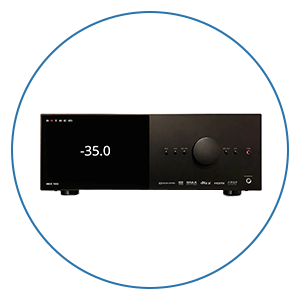



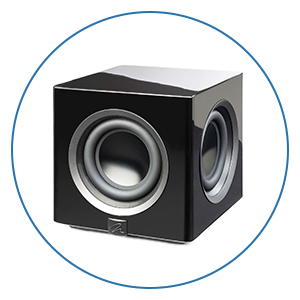

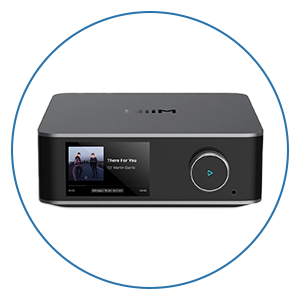
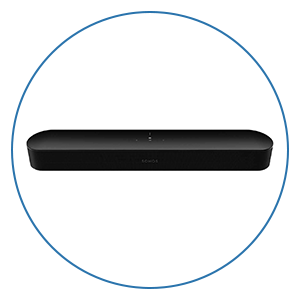



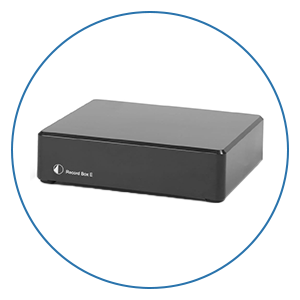




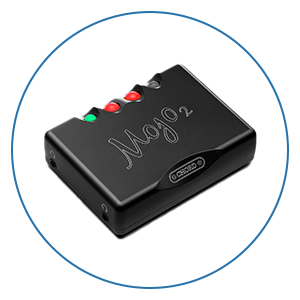

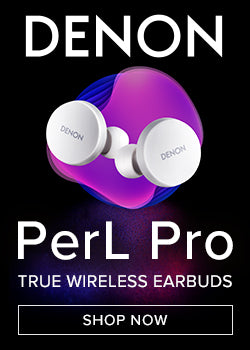
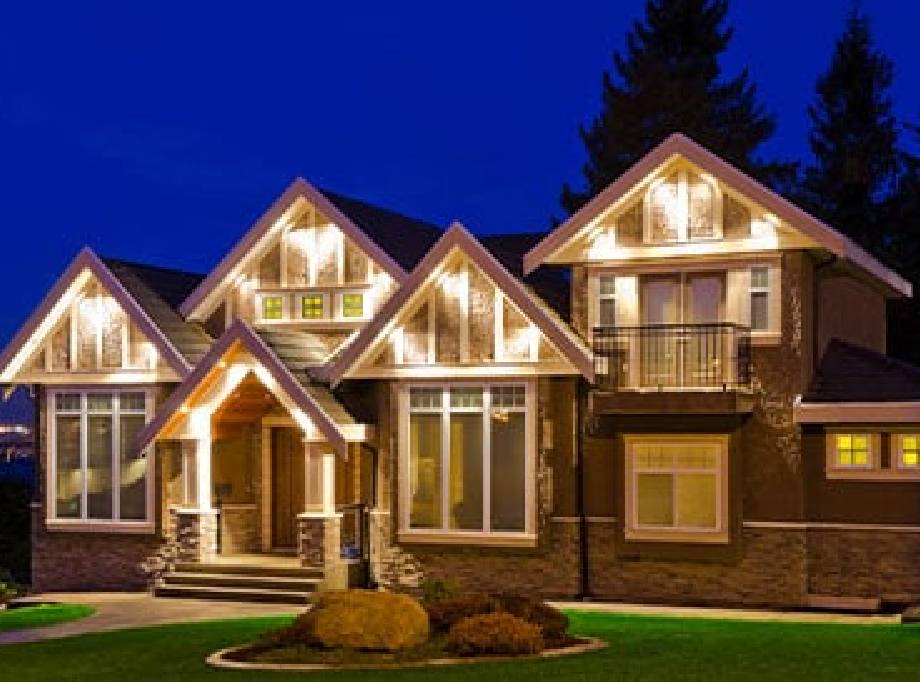
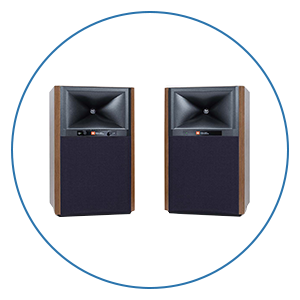
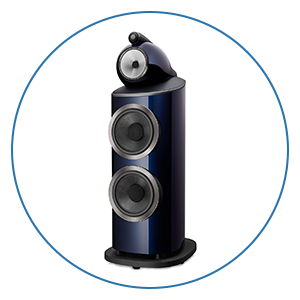
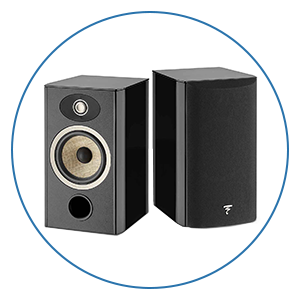





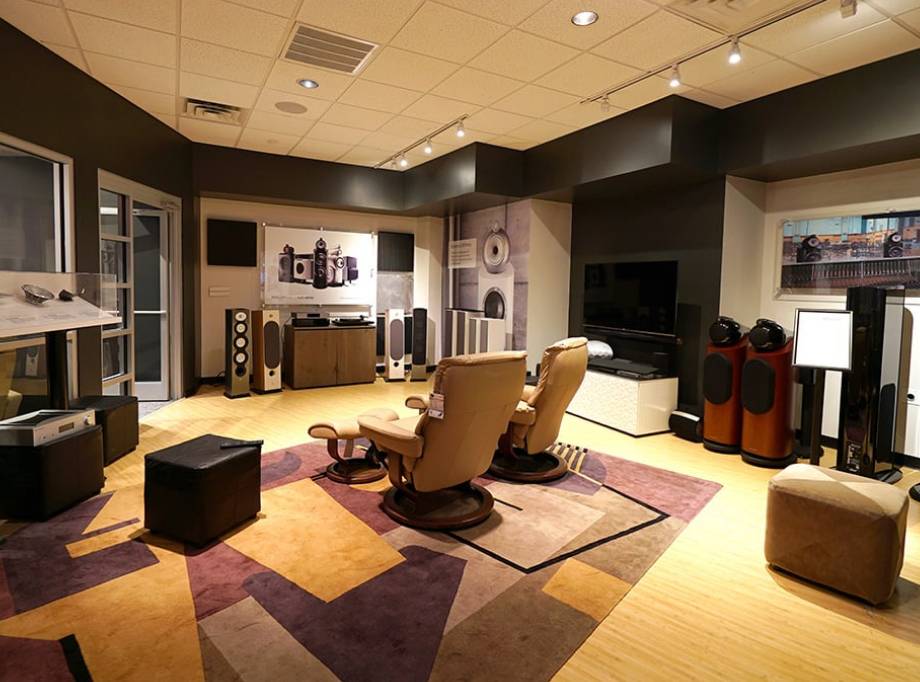
 Home Theater
Home Theater Speakers
Speakers Tower Speakers
Tower Speakers
 Bookshelf Speakers
Bookshelf Speakers
 Center Channel Speakers
Center Channel Speakers
 Wall & Ceiling Speakers
Wall & Ceiling Speakers
 Surround Speakers
Surround Speakers
 Dolby Atmos Speakers
Dolby Atmos Speakers
 Subwoofers
Subwoofers
 Soundbars
Soundbars
 Speaker Stands & Mounts
Speaker Stands & Mounts
 Components
Components Home Theater Receivers
Home Theater Receivers
 Surround Sound Processors
Surround Sound Processors
 Power Amps
Power Amps
 Movie Sources
Movie Sources
 TVs & Projectors
TVs & Projectors Televisions
Televisions
 Projectors
Projectors
 Projector Screens
Projector Screens
 TV & Projector Mounts
TV & Projector Mounts
 Seating & Furniture
Seating & Furniture Home Theater Seating
Home Theater Seating
 Media Cabinets
Media Cabinets
 A/V Racks & Shelves
A/V Racks & Shelves
 Accessories
Accessories
 Acoustic Treatments
Acoustic Treatments Absorption Panels
Absorption Panels
 Bass Trap Panels
Bass Trap Panels
 Diffusion Panels
Diffusion Panels
 Acoustic Treatment Packages
Acoustic Treatment Packages
 Cables & Accessories
Cables & Accessories HDMI Cables
HDMI Cables
 Analog Cables
Analog Cables
 Digital Cables
Digital Cables
 USB Cables
USB Cables
 Speaker Cables
Speaker Cables
 Subwoofer Cables
Subwoofer Cables
 Power Management
Power Management
 Featured & Deals
Featured & Deals Best Sellers
Best Sellers
 Sale
Sale
 Home Audio
Home Audio Outdoor Speakers
Outdoor Speakers
 Portable & Bluetooth
Portable & Bluetooth
 Wireless Speaker Systems
Wireless Speaker Systems
 Computer Speakers
Computer Speakers
 Powered Speakers
Powered Speakers
 Integrated Amplifiers
Integrated Amplifiers
 Power Amplifiers
Power Amplifiers
 Stereo Preamplifiers
Stereo Preamplifiers
 Stereo Receivers
Stereo Receivers
 Streaming Media Players
Streaming Media Players
 Digital-to-Analog Converters
Digital-to-Analog Converters
 CD Players
CD Players
 Outdoor Entertainment
Outdoor Entertainment Outdoor Subwoofers
Outdoor Subwoofers
 Turntables
Turntables Manual
Manual
 Automatic
Automatic
 Phono Cartridges
Phono Cartridges Moving Coil
Moving Coil
 Moving Magnet
Moving Magnet
 Moving Iron
Moving Iron
 Mono
Mono
 Phono Preamps
Phono Preamps MC Compatible
MC Compatible
 MM Compatible
MM Compatible
 Record Cleaning & Care
Record Cleaning & Care Stylus Care
Stylus Care
 Cleaning Machines
Cleaning Machines
 Record Cleaning Fluid
Record Cleaning Fluid
 Record Sleeves
Record Sleeves
 Isolation Systems
Isolation Systems Turntable Setup Tools
Turntable Setup Tools
 Turntable Cables
Turntable Cables
 Record Weights
Record Weights
 Turntable Mats
Turntable Mats
 Headphones
Headphones In-Ear Headphones
In-Ear Headphones
 On-Ear Headphones
On-Ear Headphones
 Over-Ear Headphones
Over-Ear Headphones
 Wireless Headphones
Wireless Headphones
 Gaming Headsets
Gaming Headsets
 Headphone Amps & DACs
Headphone Amps & DACs Digital Audio Players
Digital Audio Players
 Smart Home
Smart Home Deals
Deals Limited Time Deals
Limited Time Deals Deals by Category
Deals by Category